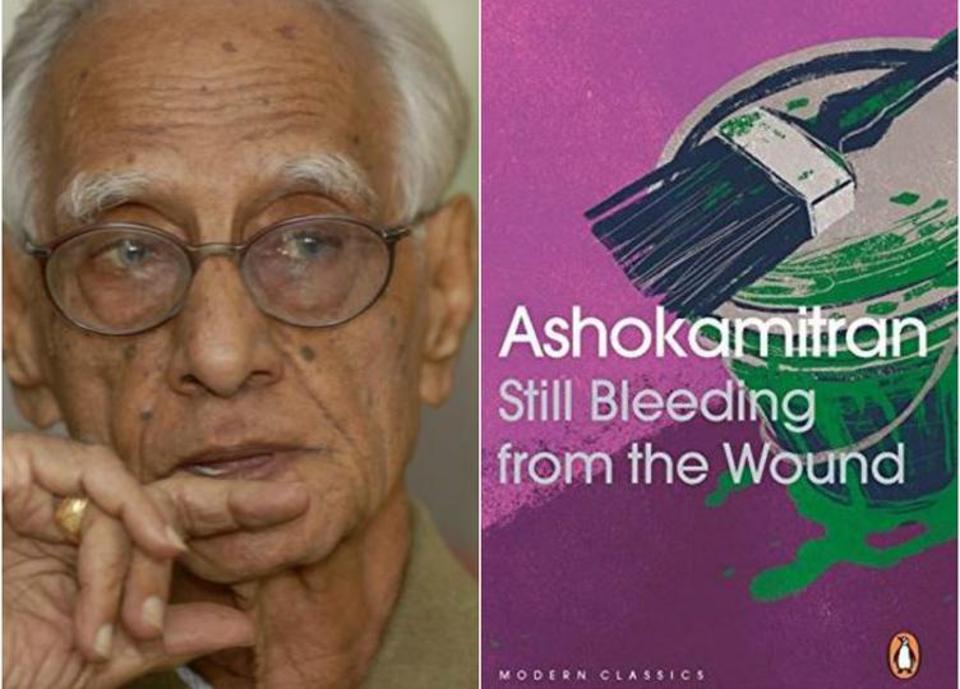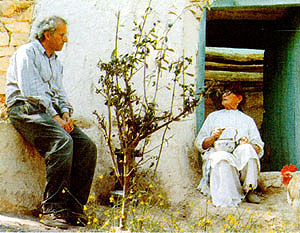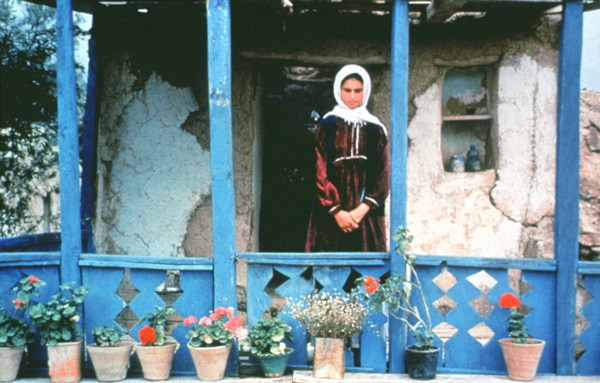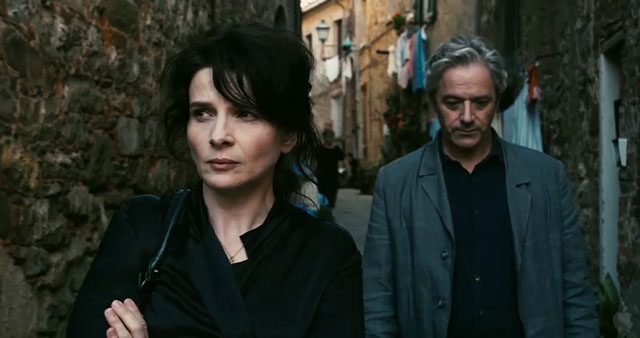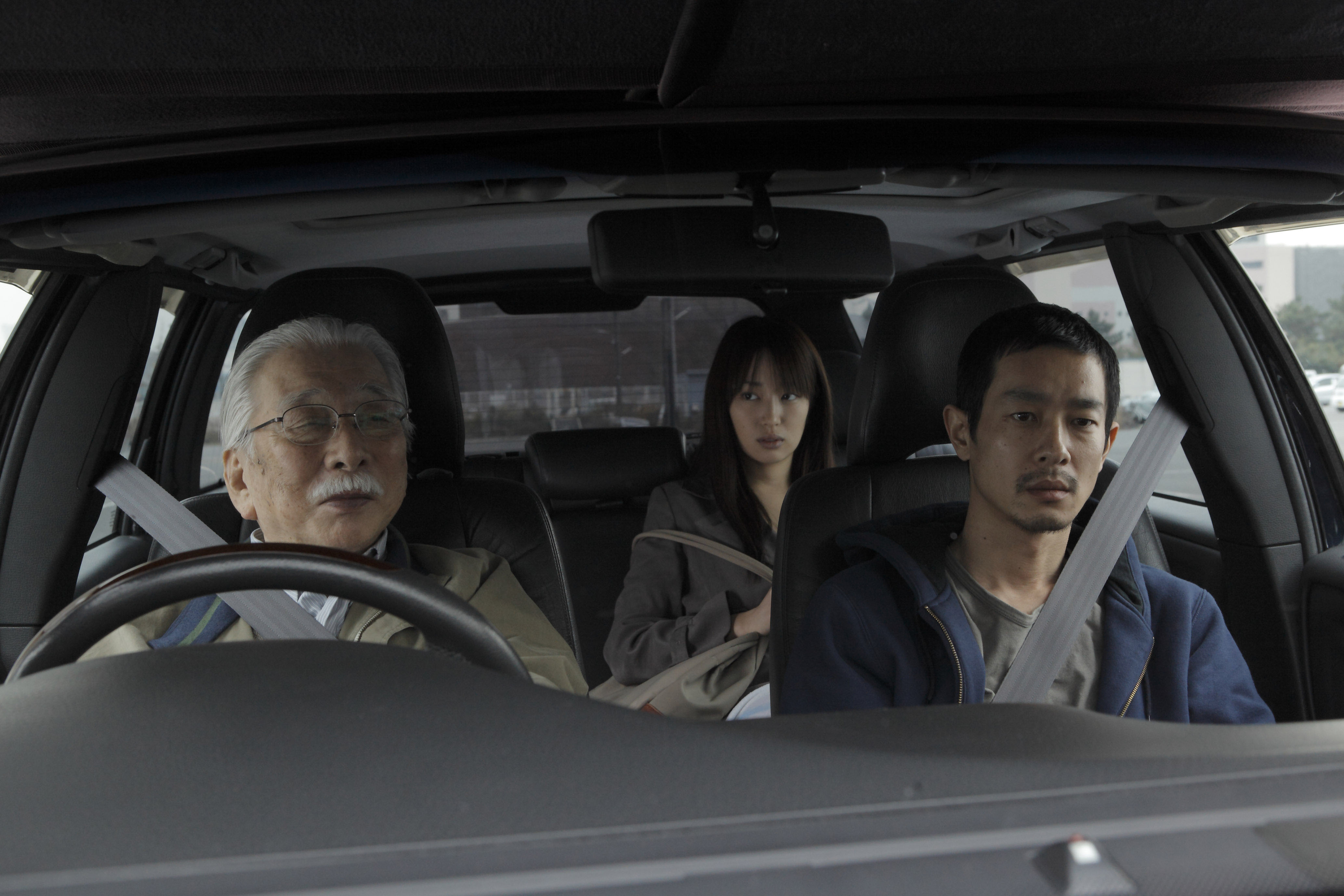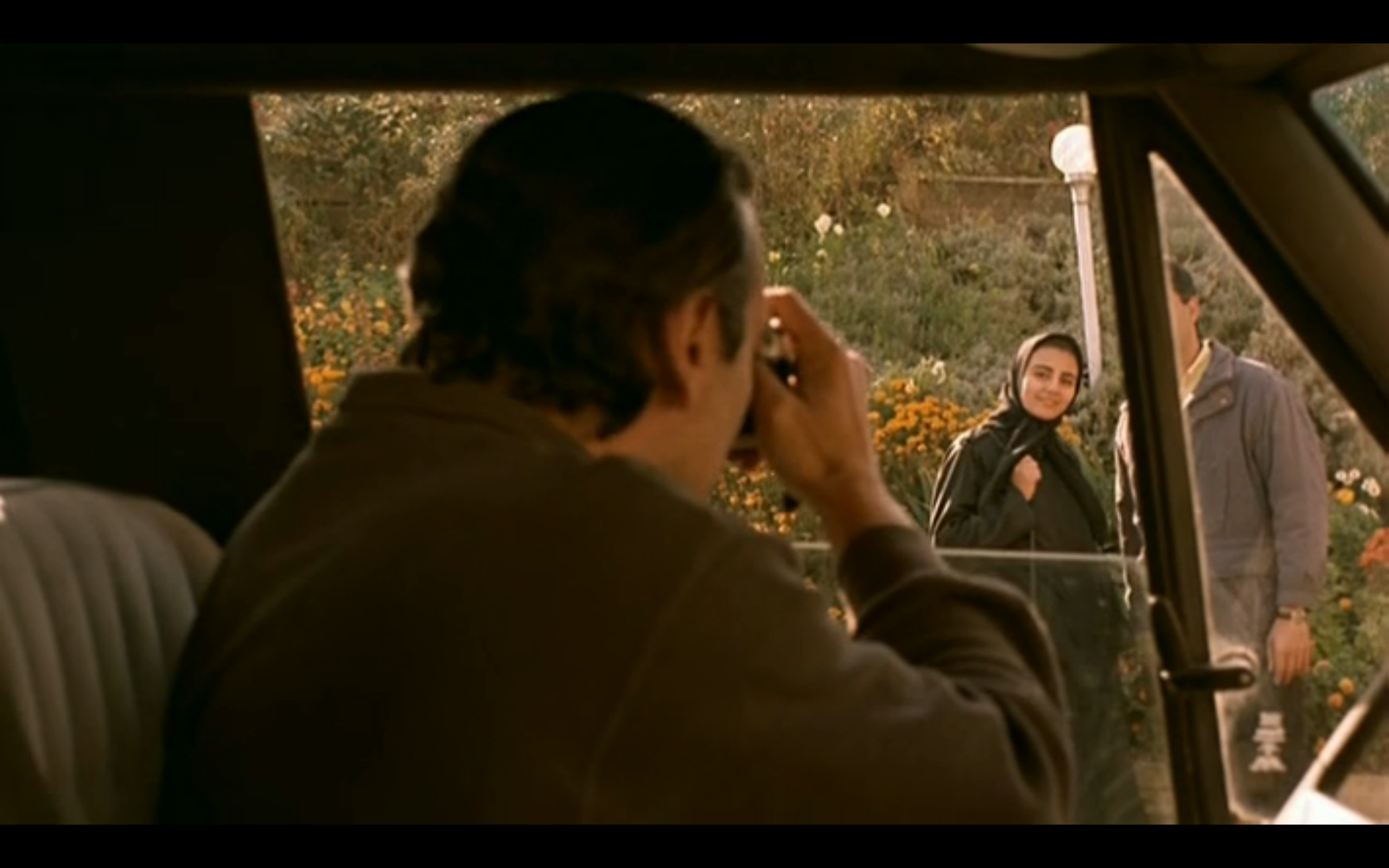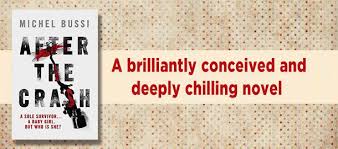
Shelby Wynn Schwartz’s ‘After Saphho,’ a Booker Prize winner, is designed like a kaleidoscope made of broken glass fragments, each reflecting a different image and generating an ever-changing pattern. Schwartz probably decided to write the story in a fragmented fashion, for she was writing about the path created by Sappho, and we have only got a few fragments of Sappho’s poetry. For those who don’t know, Sappho was a Greek lyrical poet from ancient times who lived on the Greek Island of Lesbos. According to Wikipedia, Sappho was regarded as one of the greatest lyric poets, but unfortunately, only a few fragments of her poetry have survived, and it is these fragments that Schwartz uses in her book to put forward her reading of history. Sappho was also known for her love towards other women, and it is from her name that the word sapphic and from her island, the term lesbian has been derived.
What Schwartz does in ‘After Sappho’ gives us a brief glimpse into the world of women and lesbians in Europe at the turn of the twentieth century. However, it is a novel with a grand scope for Schwartz to tell us about the development of both the feminist and the lesbian movements through fragments of the life history of those involved in these movements. All the while, Schwartz links all these developments, especially in the lesbian space, back to Sappho and her poetry. The novel starts with the status of women in late 1800s Europe, where in Italy, a girl who has been raped is forced to marry her rapist, and it has the sanction of the state. (Indians would be familiar with this aspect, having watched such scenes unfold in various movies.) The novel then reveals multiple efforts made by women to get the laws changed and the obduracy of men in not allowing for any changes in the prevailing laws, for men believed women were incapable of making big decisions. Hence, women were not allowed to vote and had no say in making laws, many of which benefitted the men and kept women subjugated.
In ‘After Sappho,’ women seek freedom beyond just the right to vote; they seek the right to love whomsoever they want. This is the crux of the novel, the idea that women in love with women can be extremely happy, and the whole language is designed to communicate this happiness without resorting to titillation. Schwartz follows the lives of some famous lesbians of those times, like Lina Polleti, Anna Kuliscoff, Sibilla Alermo, Natalie Barney, Virginia Wolff, Radclyffe Hill, Sarah Bernhardt, and others. She then goes on to show how their lives mingled, how they helped each other, and how each one progressed in life. You get to see the extreme vibrancy and the buoyant mood of those times, led by women like Natalie Barney and Sarah Bernhardt. Each of them becomes a centre that attracts others towards it and provides the support and the required nourishment. The mood of optimism pervades throughout the book, and you are transported right into the middle of this era and are now watching the period unfold through the lens of these women. It is like a glorious backlit picture, reminding you of a golden age, though the current of anger and, sometimes, despondency comes through effectively. Schwartz does not go much into how the personal relationship between the women progressed, in the sense that: did they fight with each other, were they jealous of their lovers, and so on, but I think Schwartz was not trying to explore these relationships but rather how their relationships shaped the movement.
Schwartz takes the risky way of achieving the imposing goal by speaking in fragments. Each fragment, or a mini-chapter if you like, does not extend beyond a page; many finish within half a page. Schwartz’s brilliant writing luminously illuminates these small vignettes; her control over language enables her to paint any shade of colour that she desires on a page. She uses magnificent metaphors to create images that shed light on the inner magic land inhabited by the women who are the protagonists of this novel. The concise nature of each incident ensures the reader keeps turning the page, and, at the same time, the depth achieved by the writing prevents the book from just being a page-turner.
Schwartz’s brilliant prose hides many things from us: her excellent scholarship and anger. Beneath the beautiful images she conjures for us, lies a burning anger directed at men who had prevented women from expressing themselves as women. She doesn’t let her scholarship intrude into the narrative, but her knowledge of languages, literature, and the lesbian movement informs almost every fragment of this novel. This book could have only been written by a woman scholar, for the subject is not treated as a dry academic one but as something that deserves all our empathy. I believe this is where Schwartz succeeds.
From what I read on the net, the main criticism of this book comes in two forms. One regards the structure of this novel; many feel that these disparate fragments confuse them, and they cannot form a coherent picture from these fragments. I would think it is not an unfair criticism, for you do need to go back and forth to understand which life is continuing from which page. Yet, I understand the author’s decision to reflect on Sappho’s fragments and tell the tale through fragments to give it a poetic feel. The truth is that Schwartz makes the whole book read like one long poem due to her luminous prose.
The other criticism is political: in this novel black lesbian women and men are entirely absent. I have no idea on this subject, so I will not comment on it. I just left it here to highlight the criticism of the novel.
Overall, it is a book worth reading for its prose and scholarship. You will also get educated on many subjects and get to know many women you have probably never heard of.


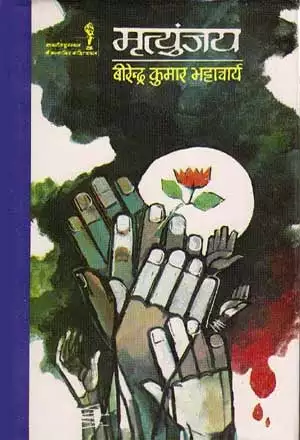
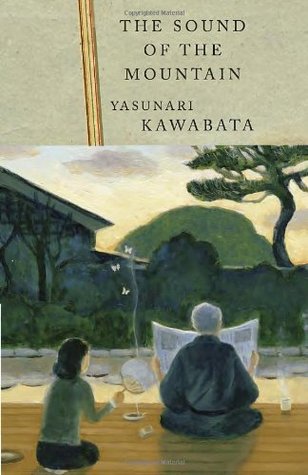
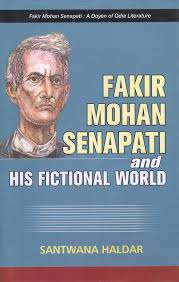
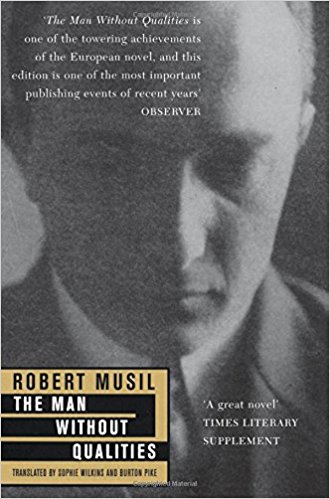 ‘A Man Without Qualities’ – Robert Musil: This is a mammoth and an ambitious novel. It is 1100+ pages and is unfinished!! Musil wants to capture both the external and internal worlds. It is a novel which tries, on one hand, to capture the state of affairs of a country with all its attended complexities of class, nationalism and race. On the other hand, it shines light into the deep recess of the hearts of the characters. I have rarely read a novel which is as ambitious a this and no wonder Thomas Mann and others had great regard for Musil.
‘A Man Without Qualities’ – Robert Musil: This is a mammoth and an ambitious novel. It is 1100+ pages and is unfinished!! Musil wants to capture both the external and internal worlds. It is a novel which tries, on one hand, to capture the state of affairs of a country with all its attended complexities of class, nationalism and race. On the other hand, it shines light into the deep recess of the hearts of the characters. I have rarely read a novel which is as ambitious a this and no wonder Thomas Mann and others had great regard for Musil.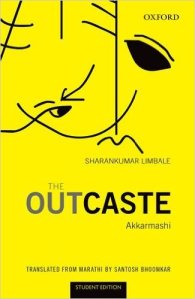 ‘Akkarmashi’ – Sharankumar Limbale: This autobiography is also translated as ‘Outcaste’ in English. An extremely honest and uncompromising book which provides us with details of the terrible conditions of the lives of Dalits. The author is ‘Akkarmashi’. Born to a Dalit mother and an upper caste father, he is rejected by both the castes and thus becomes an Akkarmashi or Half-Caste. The author not only talks about his hardship but also about community and the inhuman conditions in which all their lives are lived. It is a searing tale and made more harrowing because it is real and not imagined. You can read more about this book here:
‘Akkarmashi’ – Sharankumar Limbale: This autobiography is also translated as ‘Outcaste’ in English. An extremely honest and uncompromising book which provides us with details of the terrible conditions of the lives of Dalits. The author is ‘Akkarmashi’. Born to a Dalit mother and an upper caste father, he is rejected by both the castes and thus becomes an Akkarmashi or Half-Caste. The author not only talks about his hardship but also about community and the inhuman conditions in which all their lives are lived. It is a searing tale and made more harrowing because it is real and not imagined. You can read more about this book here: 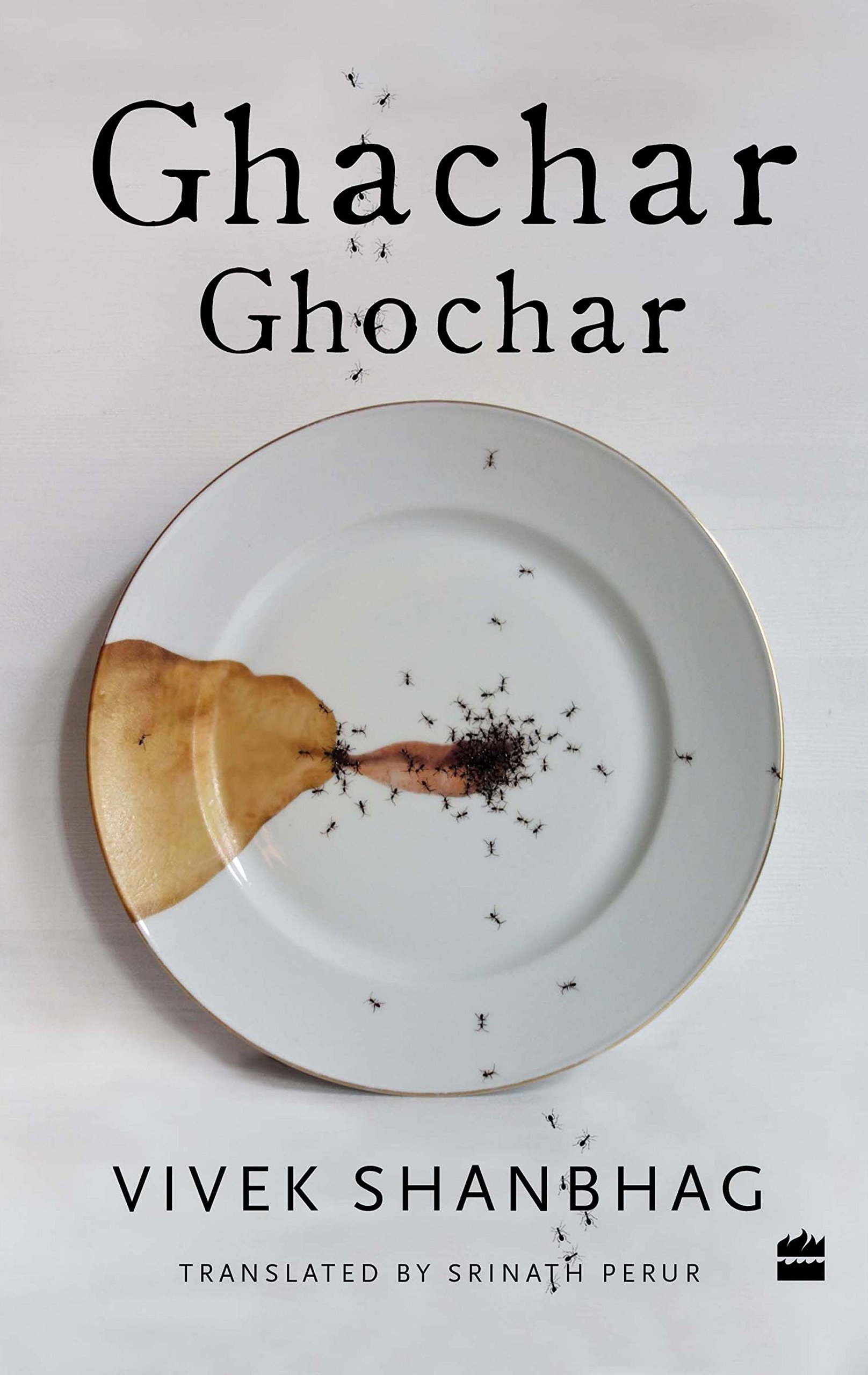
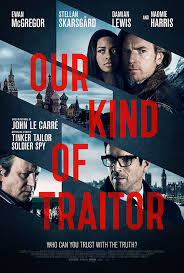 ‘Our Kind of Traitor’ – Le Carre: The blurb quoting a review says that the book is part Le Carre and part Hitchcock. Unlike his other books, Le Carre gets us straight into the action from page one itself. It has all the trademarks of Le Carre’s writing: the constant back and forth movement of the story, the secret service tradecraft, interrogations, betrayal and innocent people caught in a complex web of secrets. Somehow the book fails to grip you throughout though there are patches when it is very good. One reason could be that the characters lack the depth you expect in Le Carre’s characters. The novel works decently at the level of a thriller and if you know your Le Carre, this is harsh criticism.
‘Our Kind of Traitor’ – Le Carre: The blurb quoting a review says that the book is part Le Carre and part Hitchcock. Unlike his other books, Le Carre gets us straight into the action from page one itself. It has all the trademarks of Le Carre’s writing: the constant back and forth movement of the story, the secret service tradecraft, interrogations, betrayal and innocent people caught in a complex web of secrets. Somehow the book fails to grip you throughout though there are patches when it is very good. One reason could be that the characters lack the depth you expect in Le Carre’s characters. The novel works decently at the level of a thriller and if you know your Le Carre, this is harsh criticism.